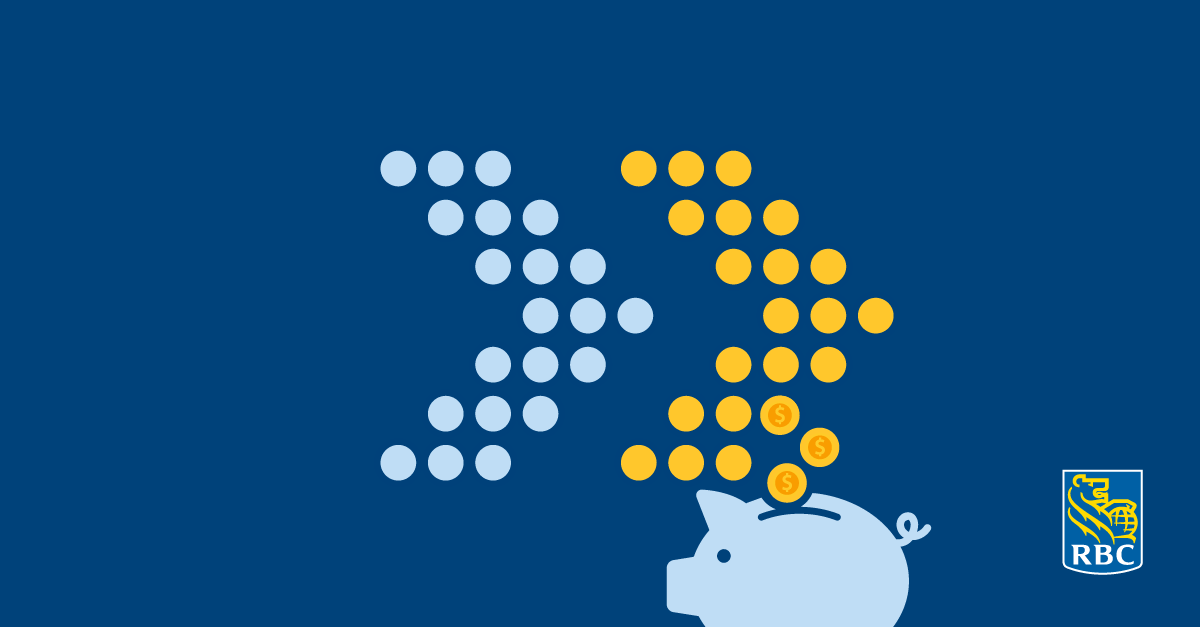



As economic uncertainty looms, a trend known as 'doom spending' is emerging among Americans, particularly among younger generations like Gen Z and millennials. This behavior, characterized by impulse buying as a coping mechanism for anxiety, has gained traction especially in the lead-up to significant events such as presidential elections. Kelsea Palm, a senior at Wheaton College, exemplifies this trend, admitting to engaging in impulse purchases to alleviate her anxiety [5d9ad0b0].
Recent surveys reveal that 60% of Americans are concerned about the world and the economy, with 55% citing the cost of living as a major worry and 43% pointing to inflation as a significant concern. Notably, 27% of Americans engage in doom spending, with 37% of Gen Z and 39% of millennials admitting to this behavior. Alarmingly, 40% of respondents report that they are doom spending more than they did last year [def179a9].
The financial landscape is also troubling, as U.S. credit card debt reached a staggering $1.17 trillion in the third quarter of 2024, with 50% of American cardholders currently carrying such debt. Delinquencies on credit cards have surpassed pre-pandemic levels, further highlighting the financial strain many are experiencing [5d9ad0b0][def179a9].
The impact of negative online news is contributing to this phenomenon, with over half of Americans reporting feelings of being overwhelmed by the constant stream of distressing information. Experts suggest that self-awareness and taking breaks from the internet could be effective strategies to mitigate the effects of doom spending, alongside addressing mental health concerns [5d9ad0b0][def179a9].
In the broader context, the Canadian economy is facing its own challenges, with consumer spending slowing down and a significant portion of the population feeling the strain of rising costs. Canadians saved over $300 billion during the pandemic, but much of this money remains unspent, leading to concerns about economic growth [ce569a2a]. The disparity in spending behavior between Canadians and Americans highlights differing economic conditions and consumer confidence levels in both countries [f887f0e7].
As both nations navigate these economic uncertainties, the trend of doom spending in the U.S. may reflect a broader psychological response to financial stress, while Canadians grapple with their own financial realities and the implications of their pandemic savings [5d9ad0b0][0c3d74f2].